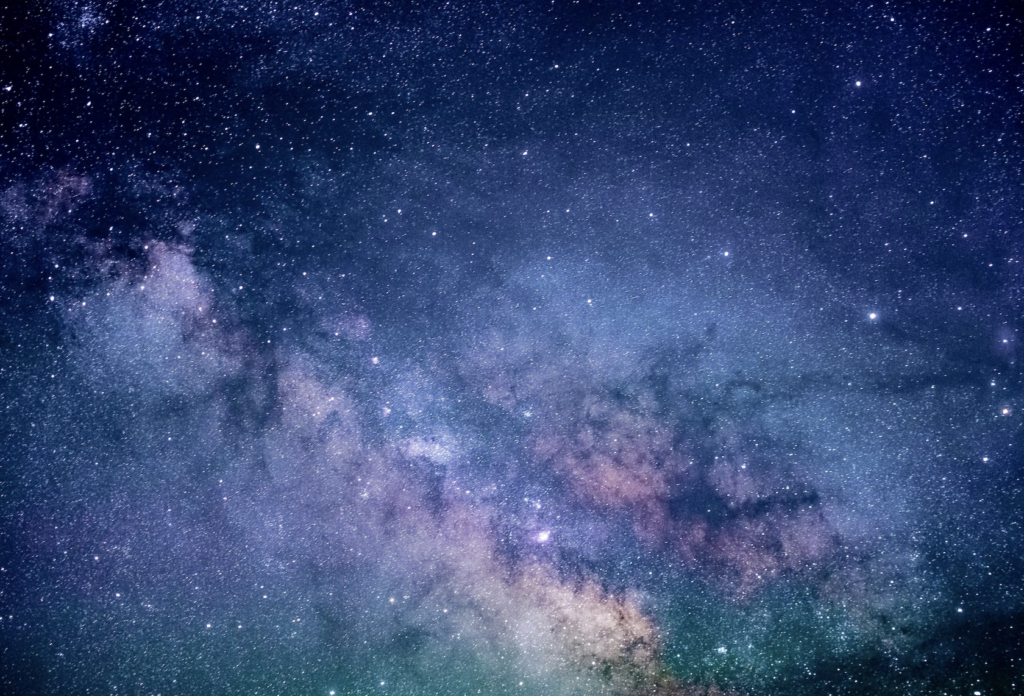The Universe and The Monstrous Celestial Bodies That Make It Up
The largest celestial bodies ranging from the planets to the stars, solar systems, galaxies, galactic clusters, and superclusters.
As an illustration, available data suggests that the Earth (measuring over 40, 000km across) is only about 0.12 pixels as seen from space! Indeed the cosmos is so vast that only by numbers can we attempt to comprehend its magnificence.

The Largest Planet in the Universe
Earth is our home planet and by now and through scientific knowledge, we know that life does not revolve around earth alone. Earth has a diameter of roughly 12, 756 km. It is one of the eight planets in our Solar System.
Speaking of which, the largest planet in our Solar System is Jupiter with a radius of 69,911km (or diameter of 139, 822 km). However, the largest known planet in the Universe is an exoplanet (planet outside our Solar System) called ROXs 42Bb. It is roughly 2.5x the size of Jupiter.
The Largest Star in the Universe
The Sun is one of the most recognizable and familiar stars that can be seen from earth. It appears bigger only because it is closer. It is by no means the biggest star, not even in our local Solar System, even though it can contain 1 million Earths.
The biggest star in the Universe would be either the Stephenson 2-18 or the UY-Scuti. The former is being contested leaving the UY-Scuti as the next best option. To put it in perspective, it has a radius 1,700 times larger than that of the Sun or a volume large enough to swallow 5 billion Suns.
The Largest Solar System in the Universe
Our Solar System comprises the Sun (also a star) at its center, eight planets (Mercury, Venus, Earth, Mars, Jupiter, Saturn, Uranus, and Neptune) orbiting around it, 146 moons, comets, asteroids and space rocks, ice, and dwarf planets such as Pluto.
Other than this, there are countless other solar systems in existence scattered across the vast cosmos. So, which is the largest solar system of them all? That would be the 2MASS J2126-840. Its orbit is said to be 140x that of Pluto’s.
The Largest Galaxy in the Universe
A galaxy typically comprises a huge collection of gas, dust, and billions of stars along with their respective solar systems, all bound together by gravity. The galaxy to which we belong is called the Milky Way. It is a spiral galaxy with more than 100 billion stars.
And no, that’s not the biggest galaxy in the universe. That title belongs to Alcyoneus. This gigantic galaxy’s diameter is 16.3 million light-years across! This means that at a speed of approximately 3 x 108m/s, it’ll still take light 16.3 million years to travel across it.
The Largest Galaxy Cluster in the Universe
A galactic cluster is a group of gravitationally bound galaxies that come together to form a cluster. Now, imagine that a 6-million light-years-long galaxy like the IC 1011 combines with other gigantic galaxies to form a cluster!
It gets even bigger considering that some galaxy clusters can have hundreds and thousands of galaxies. The Local Group to which our Milky Way belongs, has a diameter of 1, 000, 000, 000, 000, 000, 000 km. But the largest known galaxy cluster is El Gordio.
The Largest Galaxy Supercluster in the Universe
And just when you thought you’ve seen it all, it gets much bigger as the Universe shows off its Superclusters. As the name suggests, these are clusters of galaxy clusters. These clusters of galactic clusters are simply humongous in size.
Our own supercluster is the Laniakea Supercluster, home to around 100, 000 galaxies. However, it pales in comparison to the Hercules-Corona Borealis Great Wall, the largest known single entity in the Universe. This Supercluster is 10 billion light-years across.
The Largest Object in the Universe
As far as the Universe is concerned, the only single entity bigger than the Hercules-Corona Borealis Great Wall supercluster is the Universe itself! As tremendous as this galactic supercluster is, it still doesn’t come close to the known Universe.
The known Universe is believed to be 13.7 billion years old and is said to span across more than 93 billion light years of space. This does not account for the yet unknown universe, nor the probable multiverse. The Universe is simply put, mind-boggling.
To say that these numbers are out of this world would be putting it mildly. The universe is extremely vast and there are no words to quantify it, only numbers will do.
